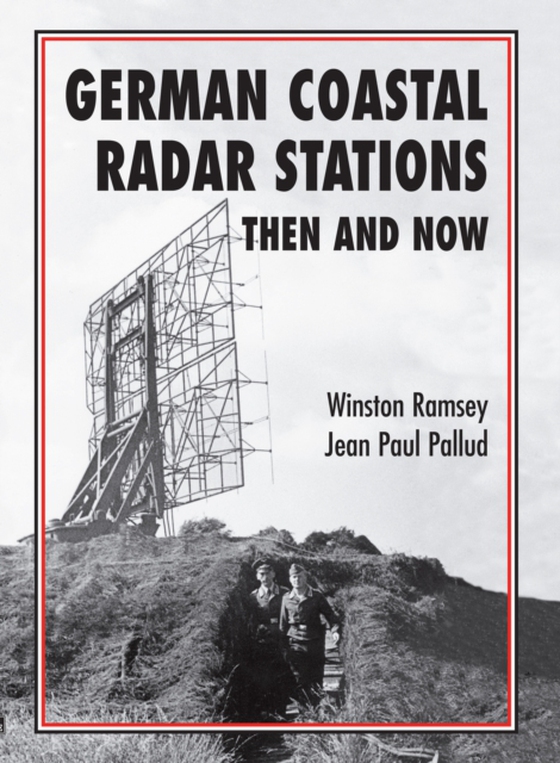
German Coastal Radar Stations e-bog
135,33 DKK
(inkl. moms 169,16 DKK)
When German forces occupied the coastline of the English Channel in 1940, one of the measures undertaken to give early warning of attacks from the sea or air was to set up a line of radar stations. Although this invisible screen was a passive defense, it was a serious ‘barrier’ that had to be neutralized for the Allied invasion to be launched in 1944. Planners at RAF Medmenham had e...
E-bog
135,33 DKK
Forlag
After the Battle
Udgivet
30 januar 2021
Længde
192 sider
Genrer
1QSG
Sprog
English
Format
epub
Beskyttelse
LCP
ISBN
9781399076333
When German forces occupied the coastline of the English Channel in 1940, one of the measures undertaken to give early warning of attacks from the sea or air was to set up a line of radar stations. Although this invisible screen was a passive defense, it was a serious ‘barrier’ that had to be neutralized for the Allied invasion to be launched in 1944. Planners at RAF Medmenham had established there the Central Interpretation Unit (CIU) to examine the results of aerial photography over the Continent and the unit prepared plans of every enemy radar site ready for briefing pilots undertaking pre-invasion attacks. Those once-secret plans are now reproduced in this book, alongside the wartime photography, with comparison views of the sites today. Where farmland has now reclaimed the sites little remains to be seen, but on others there are still significant traces of a once-powerful weapon in the German armory. To set the scene, Professor R. V. Jones, the Assistant Director of Intelligence at the Air Ministry, recounts the events leading up to the proposal to mount a raid on the radar site at Bruneval. The site had what became known as a ‘Würzburg’ and the idea was to dismantle and remove the critical parts of the unit to bring then back to Britain and, hopefully, at the same time capture the operators for interrogation.
 Dansk
Dansk

